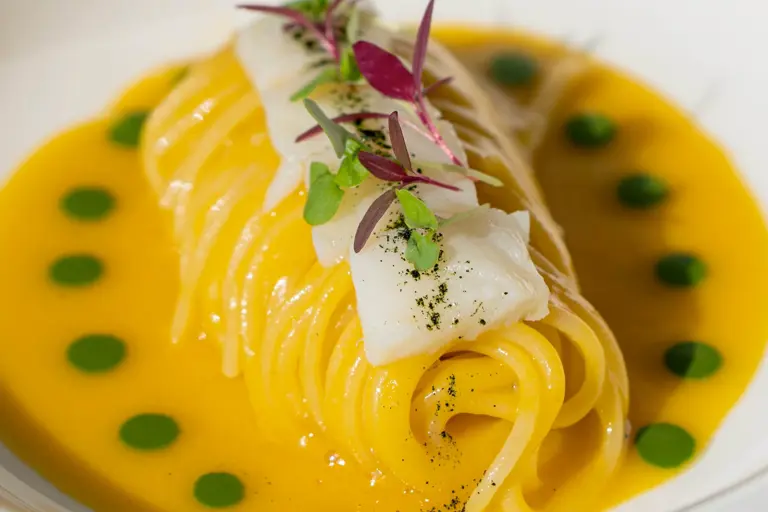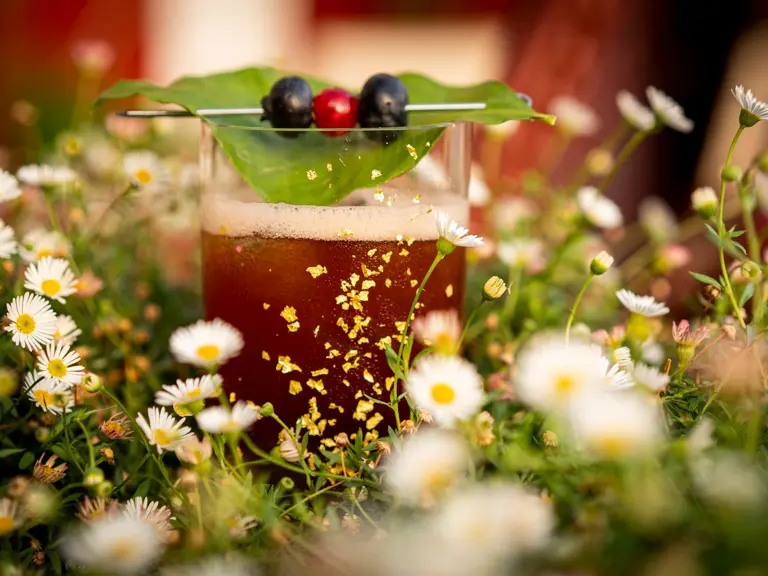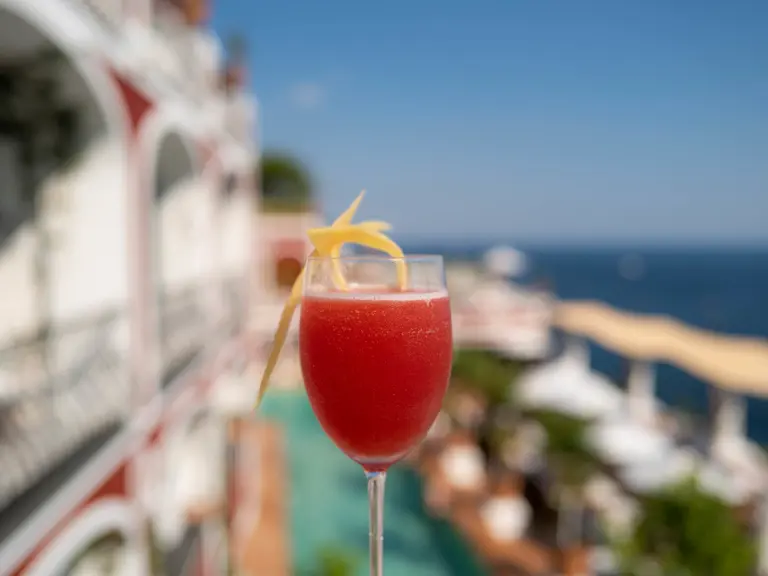RECIPE: SALT COD & YELLOW TOMATO SPAGHETTONI
31.08.2019 RECIPES
By the 16th century, Naples and its hinterland had become a major consumer of Norwegian stoccafisso, produced on the remote Lofoten Islands between February and June (where, curiously, few islanders actually eat the stuff). But the softer salt-conserved baccalà, with its higher water content, is equally popular, especially the sapid Icelandic variety. Today, the inland town of Somma Vesuviana – birthplace of our chef, Gennaro Russo – has become the Italian salt cod and dried cod import capital. Gennaro pays homage to this primacy in this recipe that uses both ‘high and low’ parts, stockfish stomach innards (generally thrown in free for clients with larger orders) and the highly-prized central part of the baccalà – known as mussillo in Neapolitan dialect. These are combined with two other truly local products, Gragnano pasta and Giugià yellow tomatoes.
A word on salt cod preparation. In Italy, it’s possible to buy pre-soaked baccalà or stoccafisso, ready to cook. If you can’t find this, you’ll need to start soaking the fish quite some time before, in regular changes of water: at least 24 hours for baccalà, and three days for stockfish.
Ingredients
- 400g (14oz) good quality Gragnano durum wheat spaghettoni (thick spaghetti)
- 500g pre-soaked baccalà (salt cod)
- 500g (18oz) of stockfish ventricelli or innards, skin removed, chopped (if you can’t source these, use the offcuts of the baccalà)
- 1kg (36oz) of Giugià yellow tomatoes, cut in half (if you can’t source these, use flavoursome red cherry or daterino tomatoes)
- Ten lettuce leaves
- 4 garlic cloves
- Olive oil as directed
- Wood sorrel to garnish (if you can’t find this, use chervil or parsley)
- Salt and pepper to taste
First prepare the baccalà (if you have a proper fishmonger, they should do this for you). With a sharp knife, remove the skin and trim the fish so you have two fillets of around 200g each from the highest, whitest, fluffiest part, removing any obvious bones. Keep the offcuts (but not the skin) if you’re planning to use them in the sauce in place of the stockfish innards.
Now time the four following steps so they finish together:
1) In a pan, toss the garlic cloves and the stalks of the parsley in a good slug of olive oil on a medium to low heat. When the garlic has taken colour, add the well-chopped stockfish innards or baccalà offcuts and toss for five minutes, stirring occasionally. Then add the tomatoes, reduce the heat to low, cover, and leave for up to an hour, stirring occasionally and checking that the sauce is not drying out or sticking. When it has achieved a good consistency, leave to cool before whizzing in a mouli to reduce it to a homogenous, creamy velouté.
2) Boil the pasta. Note that you may need to salt it less to compensate for the sauce – however much it is soaked, salt cod is always saltier than fresh cod. Cook the pasta until al dente, reserving a cup of the cooking water before you drain it.
3) In another pan, toss the baccalà fillets in another good slug of olive oil on a medium heat for around six minutes, until they begin to come apart in flakes and start to take on a pale golden colour. Aim to finish with at least four large flakes or squares per serving (see photo).
4) To make the lettuce purée – optional, but visually striking – boil ten leaves from the outside of a tasty lettuce for a minute or so, take out and chill immediately in iced water, whizz in a blender, and strain to give a purée with a pouring consistency.
Finally, add the sauce to the spaghettoni and stir for a minute or so on a low heat to amalgamate all the ingredients, adding some of the pasta cooking water if necessary to achieve the right consistency.
With a fork, twist around 100g of the sauce-coated pasta into a roll shape and serve in the centre of a soup or pasta plate (see photo). Portion out the sauce between the servings, pouring it onto the pasta, then decorate the perimeter of the sauce with blobs of lettuce purée, and place the flakes of baccalà on top of the pasta rolls, topped by the herbs of your choice.
Le Sirenuse Newsletter
Stay up to date
Sign up to our newsletter for regular updates on Amalfi Coast stories, events, recipes and glorious sunsets



